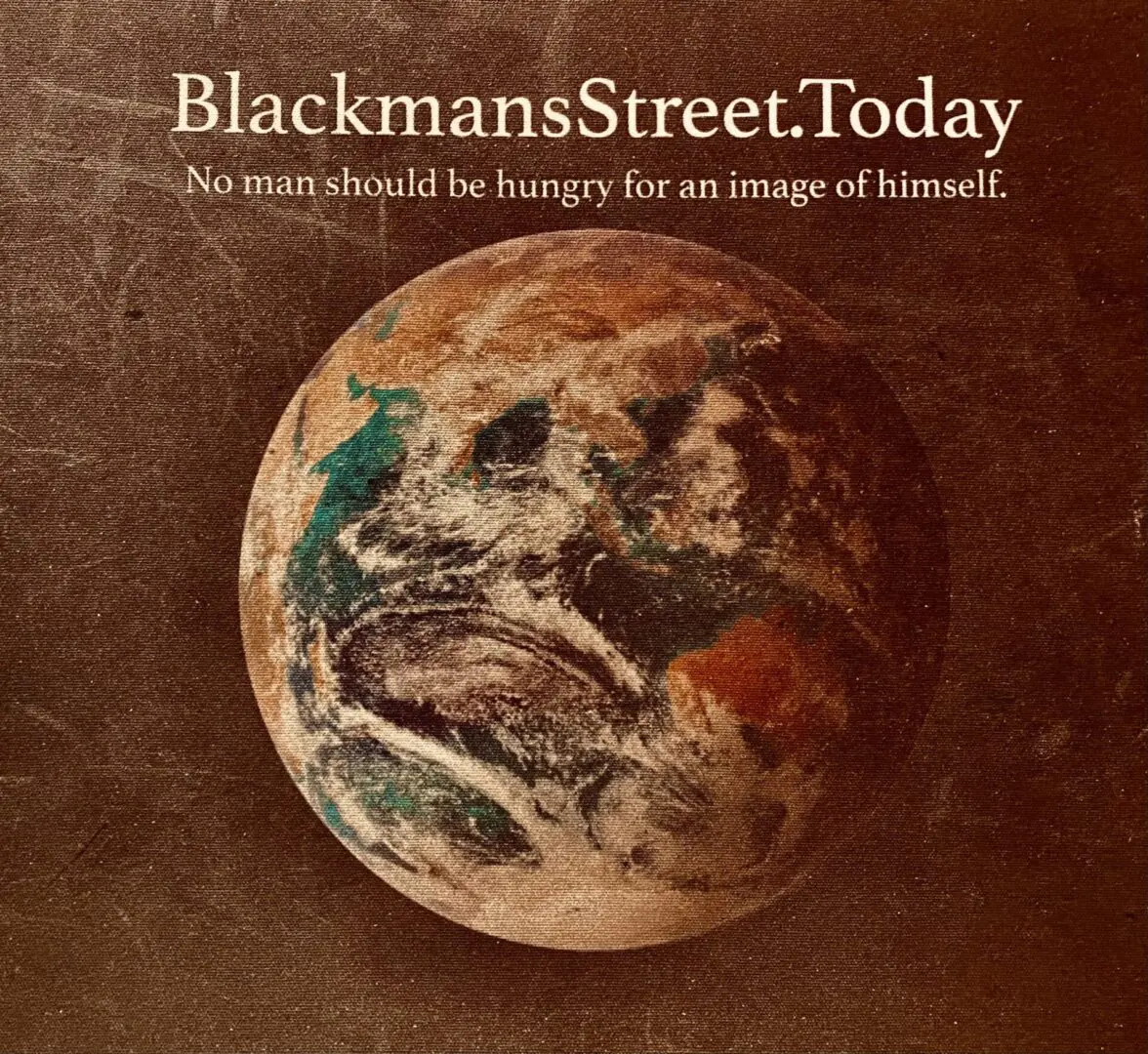Bloomberg donates millions to Black medical schools that were deliberately killed off by the nation’s wealthy
Billionaire Michael Bloomberg’s organization Bloomberg Philanthropies committed $600 million to the endowments of four historically Black medical schools to help secure their future economic stability after the closure of five Black medical schools more than a century ago as the result of a widely circulated report among the very wealthy pushed by the Carnegie Foundation, John D. Rockefeller, and J.P. Morgan.
The Bloomberg gifts are among the largest private donations to any historically Black college or university, with $175 million each going to Howard University College of Medicine, Meharry Medical College, and Morehouse School of Medicine. Charles Drew University of Medicine & Science will receive $75 million, and Xavier University of Louisiana, which is opening a new medical school, will also receive a $5 million grant.p
Bloomberg announced the gifts during a meeting of The National Medical Association, an organization that advocates for African American physicians.
Bloomberg, the former New York City mayor and billionaire founder of Bloomberg LP, pointed to the closure in the last century of five historically Black medical schools, despite the well-documented impact that Black doctors have on improving health outcomes for Black patients. The National Medical Association represents more than 30,000 Black doctors.
I am excited for what this history-making gift will mean for Black physicians, Black medical school students, and faculty and communities across the United States,” said Dr. Yolanda Lawson, the 124th President of the National Medical Association. “This investment will directly improve the pipeline for Black physicians and help to close the health care disparity gap.”
Around 1910, there were seven Historical Black College Medical Schools. Black medical schools were believed at the time to have educated 30,000 to 35,000 Black physicians.
SHORTAGE OF BLACK DOCTORS
Today there is a shortage Blacks doctors, leading to public health concerns. According to a 2022 survey of 950,000 doctors by the Association of American Medical Colleges, 63.9% reported their ethnicity as White and just 5.7% as Black.
This shift was caused by Abraham Flexner’s published report. The Flexner Report, which was adopted by the nation’ wealthy elites who supported growing the oil industry.
Flexner was not a doctor, but a school teacher and educational theorist from Louisville, Kentucky. Flexner argued that there were too many medical schools and people who mattered bought this view hook line and sinker.
He succeeded in advocating for the closing of historically black medical schools and another medical school. Many of medical schools focused on natural healing. Flexner argued that there were too many medical schools and people who mattered bought into his view.
Flexner’s role in the disappearance of Black medical schools was reported in “Revisiting Black Medical Schools,” written by Lynn E. Miller, a professor at La Salle Univesity School of Business, and Richards M. Weiss.
HOWARD AND MEHARRY REMAINED OPEN
After the wealthy accepted his report, only Howard University College of Medicine and Meharry Medical College remained open, while five black medical schools were closed.
One of them was Knoxville Medical College which closed within two years of the Flexner Report’s highly unfavorable reviews of the school.
“Lack of funding and support driven probably in no small part by prejudice and racism, have forced many to close their doors,” Bloomberg said of those medical schools. “We cannot allow that to happen again; this gift will help ensure it doesn’t.”
Others saw this as a progression of peddling pharmaceuticals, which began as byproducts of oil refinement and oil usage was growing rapidly at the turn of the century
Petroleum is predominantly present in medical supplies. Anything plastic, for example, is made from petrochemicals. It’s used for packaging, medical devices and supplies, and more.
Pharmaceuticals represent about 3% of petrochemicals used in 99% of pharmaceuticals.
Flexner effectively created a culture that enabled the monetization of medicine.
Drugs are created to treat symptoms and only rarely treat the actual cause. Plus, drugs create their own symptoms, sometimes requiring additional drugs to offset their ill effects.
Flexner emphasized his view that Black doctors should treat only Black patients and should play roles subservient to those of White physicians.
He also promoted the idea that African American medical students should be trained in “hygiene rather than surgery” and be employed as “sanitarians,” with a primary role to protect White Americans from disease.
